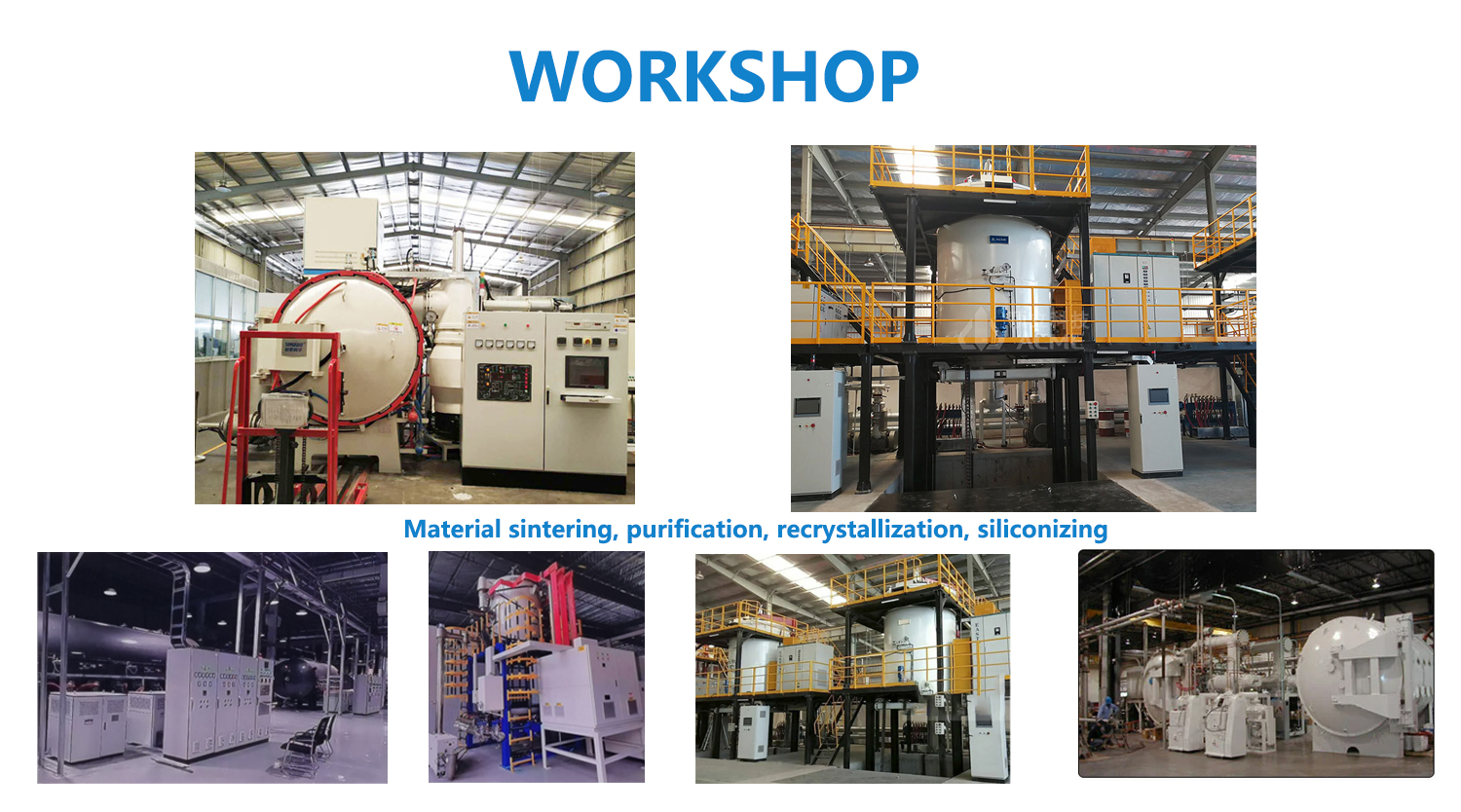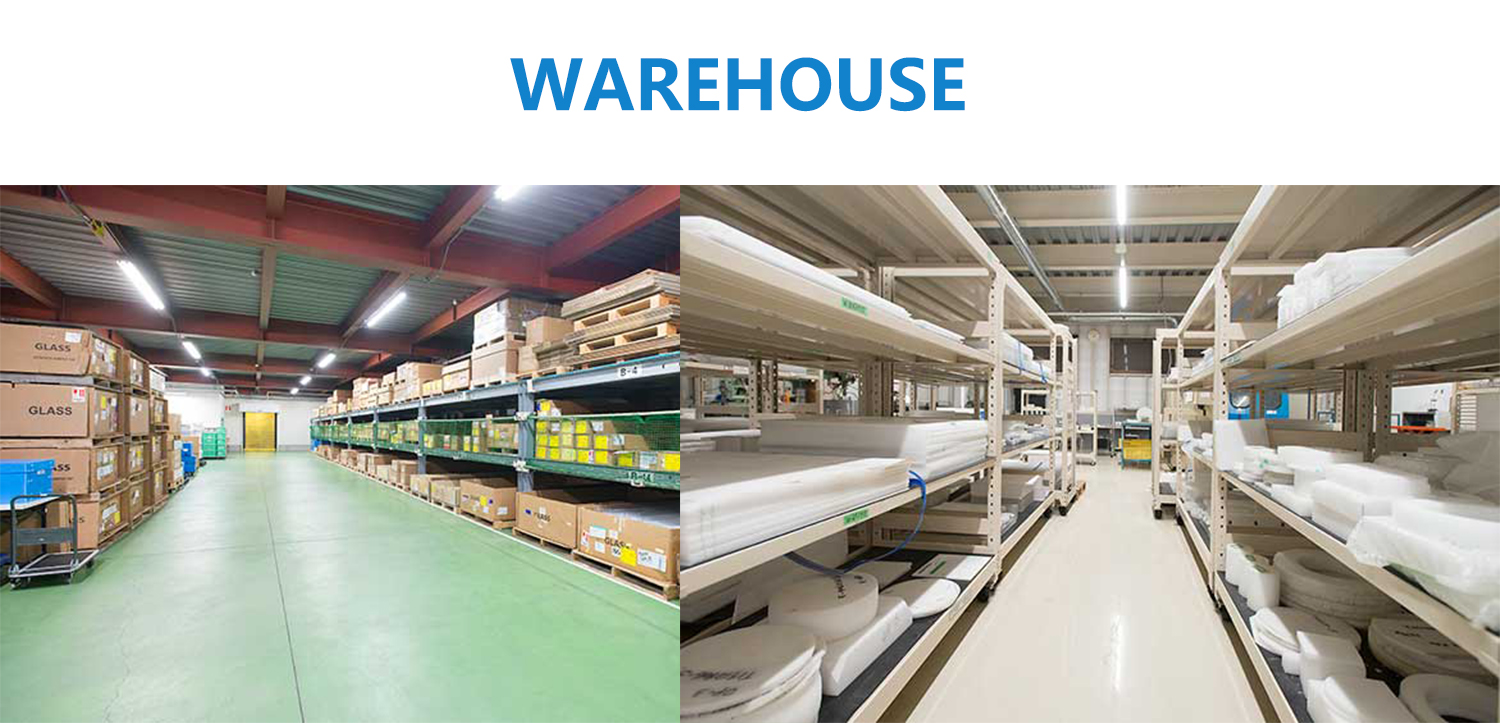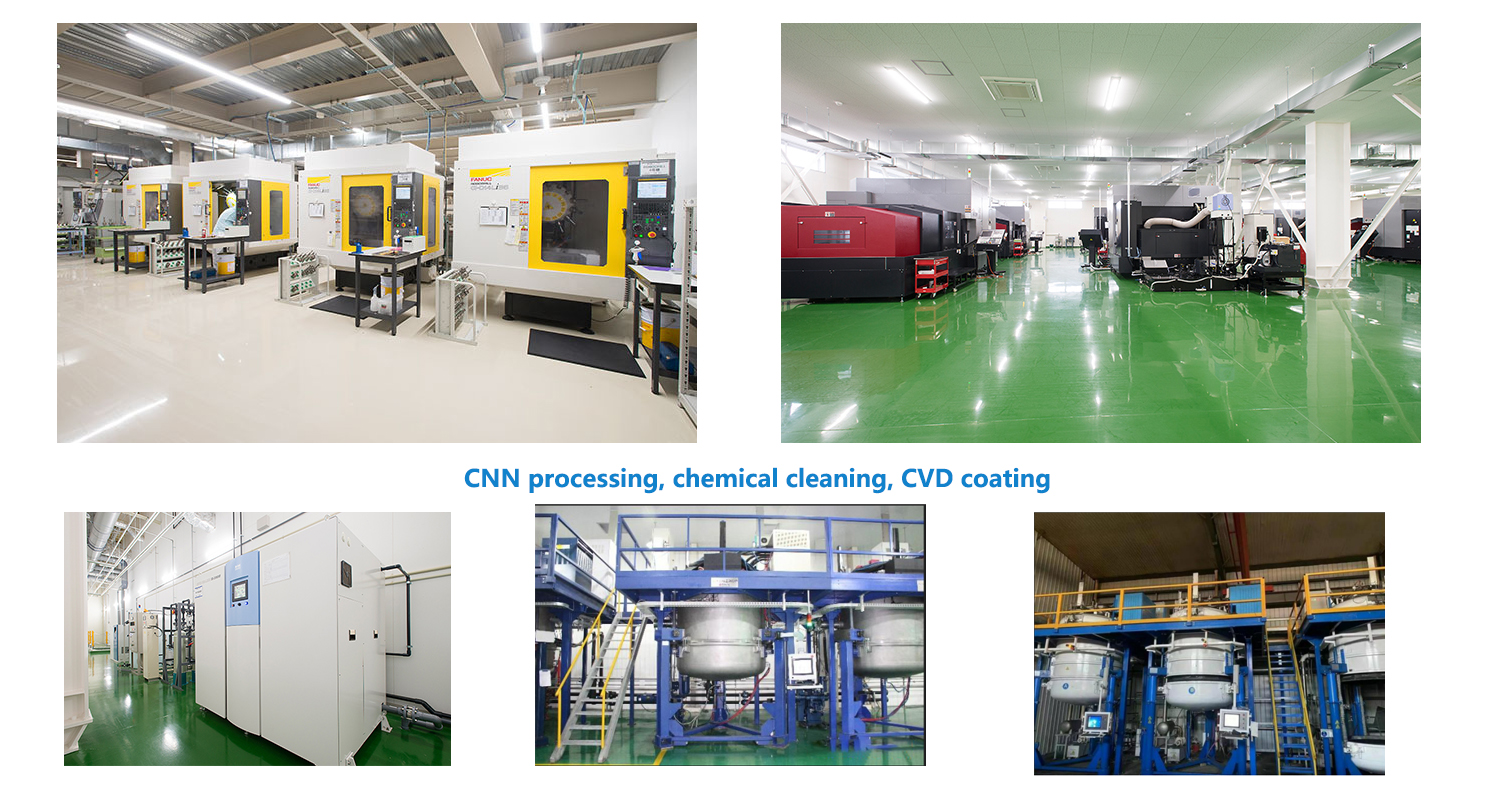
Soft graphite felt demonstrates exceptional performance in high-heat environments. Its thermal insulation capabilities minimize heat loss, ensuring energy efficiency in demanding applications. The material withstands extreme temperatures without compromising its structural integrity. Its lightweight and flexible design allows for easy handling and integration into various systems. Unlike rigid graphite felt, soft graphite felt offers adaptability and resilience, making it a preferred choice for industries that require reliable solutions under intense conditions.
Key Takeaways
- Soft graphite felt offers exceptional thermal insulation, effectively minimizing heat loss and enhancing energy efficiency in high-heat environments.
With a high-temperature resistance exceeding 2000°F, soft graphite felt maintains its structural integrity, making it ideal for demanding applications like industrial furnaces and aerospace systems.
- The lightweight and flexible nature of soft graphite felt simplifies installation and allows it to conform to various shapes, ensuring versatility in thermal management systems.
- Compared to rigid graphite felt, soft graphite felt provides superior adaptability, enabling seamless integration into complex industrial setups.
- Soft graphite felt is a cost-effective solution, reducing transportation and installation costs while ensuring long-term durability and lower maintenance expenses.
Industries such as aerospace, energy, and metallurgy benefit significantly from the unique properties of soft graphite felt, making it a reliable choice for high-performance applications.
- The material’s ability to resist thermal shock ensures consistent performance under rapid temperature changes, further enhancing its reliability in extreme conditions.
Key Properties of Soft Graphite Felt
Thermal Insulation Capabilities
Soft graphite felt provides outstanding thermal insulation, making it a reliable choice for high-heat applications. Its porous structure effectively traps heat, reducing energy loss in extreme environments. This property ensures consistent performance in industries where maintaining stable temperatures is critical. The material’s ability to minimize heat transfer enhances energy efficiency, which is essential for cost-effective operations. Compared to rigid graphite felt, soft graphite felt offers superior adaptability while maintaining excellent insulation performance.
High-Temperature Resistance
Soft graphite felt withstands exceptionally high temperatures without losing its structural integrity. It performs reliably in environments exceeding 2000°F, making it suitable for demanding applications such as industrial furnaces and aerospace systems. The material resists thermal shock, ensuring durability even under rapid temperature changes. Its high carbon content contributes to its stability, allowing it to maintain performance over extended periods. This resistance to extreme heat sets it apart from many other insulating materials.
Lightweight and Flexible Nature
The lightweight design of soft graphite felt simplifies handling and installation. Its flexibility allows it to conform to various shapes and surfaces, making it versatile for different applications. Despite its light weight, the material retains impressive mechanical strength, ensuring long-term reliability. Industries benefit from its ease of integration with other components, such as graphite foil or composites. Unlike rigid graphite felt, soft graphite felt combines flexibility with resilience, offering a practical solution for complex thermal management systems.
Advantages Over Other Materials

Comparison with Rigid Graphite Felt
Soft graphite felt offers distinct advantages when compared to rigid graphite felt, particularly in high-heat applications. The flexibility of soft graphite felt allows it to conform to irregular surfaces, making it suitable for complex thermal management systems. This adaptability ensures seamless integration into various industrial setups, which rigid graphite felt cannot achieve due to its inflexible structure.
The lightweight nature of soft graphite felt further enhances its usability. It reduces the overall weight of thermal insulation systems, which is critical in industries like aerospace and energy. In contrast, rigid graphite felt adds bulk and limits design possibilities. Additionally, soft graphite felt maintains its structural integrity under rapid temperature changes, while rigid graphite felt may experience stress or cracking in similar conditions.
Soft graphite felt also excels in energy efficiency. Its porous structure minimizes heat transfer, ensuring consistent insulation performance. Rigid graphite felt, though durable, lacks the same level of thermal adaptability. These differences highlight why industries often prefer soft graphite felt for demanding environments requiring both resilience and versatility.
Cost-Effectiveness and Durability
Soft graphite felt provides a cost-effective solution for industries seeking reliable thermal insulation. Its lightweight design reduces transportation and installation costs, offering significant savings over time. The material’s durability ensures long-term performance, minimizing the need for frequent replacements. This longevity translates to lower maintenance expenses, making it an economical choice for high-temperature applications.
The manufacturing process of soft graphite felt also contributes to its affordability. Its production involves fewer complexities compared to rigid graphite felt, resulting in a more budget-friendly option without compromising quality. Furthermore, soft graphite felt resists wear and tear in extreme environments, maintaining its effectiveness over extended periods. This durability makes it a practical investment for industries aiming to optimize operational efficiency.
Industries benefit from the versatility of soft graphite felt. Its ability to integrate with other materials, such as composites or graphite foils, enhances its functionality. This adaptability reduces the need for additional components, further lowering costs. By combining affordability with exceptional performance, soft graphite felt stands out as a superior choice for thermal insulation.
Applications in High-Heat Environments

Industrial Furnaces
Soft graphite felt plays a crucial role in industrial furnaces, where maintaining consistent thermal conditions is essential. Its exceptional thermal insulation properties reduce heat loss, ensuring energy efficiency during high-temperature operations. The material withstands extreme heat without degrading, making it a reliable choice for industries such as metallurgy and ceramics.
Industrial furnaces often operate under intense conditions, requiring materials that can endure prolonged exposure to elevated temperatures. Soft graphite felt meets these demands by maintaining its structural integrity and resisting thermal shock. Its lightweight and flexible design simplifies installation, allowing it to conform to the unique shapes of furnace interiors. This adaptability enhances its effectiveness in creating uniform thermal environments.
Unlike rigid graphite felt, soft graphite felt offers superior versatility in industrial furnace applications. Its ability to integrate seamlessly with other components, such as graphite foil or composites, further optimizes thermal management systems. By ensuring consistent performance and reducing energy consumption, soft graphite felt supports cost-effective and sustainable furnace operations.
Aerospace and Energy Sectors
In aerospace applications, it provides thermal insulation for components exposed to high-temperature resistance, such as engine systems and heat shields.
In the energy sector, soft graphite felt contributes to the efficiency of high-temperature processes, including power generation and energy storage.
Soft graphite felt outperforms rigid graphite felt in these sectors by offering greater adaptability and ease of integration. Its lightweight design reduces the overall weight of aerospace and energy systems, which is critical for improving efficiency and reducing operational costs. By combining resilience with versatility, soft graphite felt addresses the unique challenges of these high-performance industries.
Soft graphite felt proves to be an exceptional material for high-heat applications. Its thermal stability ensures consistent performance in extreme environments. The material’s insulation properties reduce energy loss, enhancing operational efficiency. Its versatility allows seamless integration into various systems, making it suitable for diverse industries. Compared to rigid graphite felt, soft graphite felt offers superior adaptability and resilience. These qualities make it a cost-effective and reliable solution for industries requiring durable and efficient thermal management materials.
FAQ
What is soft graphite felt made of?
Soft graphite felt is crafted from high-quality porous graphite. This material ensures exceptional thermal insulation and durability, making it suitable for high-temperature applications.
How does soft graphite felt differ from rigid graphite felt?
Soft graphite felt offers flexibility and lightweight properties, allowing it to conform to various shapes and surfaces. Rigid graphite felt, on the other hand, has a solid structure that limits adaptability. Soft graphite felt also provides superior thermal insulation and energy efficiency, making it a preferred choice for industries requiring versatile solutions.
What industries benefit most from using soft graphite felt?
Industries such as aerospace, energy, metallurgy, and electronics benefit significantly from soft graphite felt. It is ideal for applications like industrial furnaces, heat shields, power generation systems, and energy storage equipment. Its versatility and high-temperature resistance make it a reliable choice for demanding environments.
Can soft graphite felt withstand rapid temperature changes?
Yes, soft graphite felt resists thermal shock, allowing it to perform reliably under rapid temperature fluctuations. Its structural integrity remains intact even in extreme conditions, making it suitable for applications that involve sudden changes in temperature.
Is soft graphite felt easy to install?
Soft graphite felt is lightweight and flexible, simplifying the installation process. Its adaptability allows it to fit irregular surfaces and integrate seamlessly with other materials, such as graphite foil or composites. This ease of use reduces installation time and effort.
How does soft graphite felt improve energy efficiency?
The porous structure of soft graphite felt minimizes heat transfer, reducing energy loss in high-temperature systems. This property ensures consistent thermal insulation, which enhances energy efficiency and lowers operational costs in industrial applications.
What are the key specifications of Semicera’s soft graphite felt?
Semicera’s soft graphite felt features a carbon content of over 99%, a bulk density of 0.12 to 0.14 g/cm³, and a thermal conductivity of 0.08 to 0.14 W/mK at 1150℃. It also has a tensile strength of 0.14 MPa and a low ash content of less than 0.005%, ensuring high performance and material purity.
Can soft graphite felt be customized for specific applications?
Yes, Semicera offers soft graphite felt in four specifications: SCSF, SCSF-p, SCSF-v, and SCSF-v-p. Each variant caters to specific needs, such as enhanced thermal conductivity, high purity, or varying heat treatment temperatures. This customization ensures the product meets diverse industrial requirements.
How durable is soft graphite felt in extreme environments?
Soft graphite felt maintains its performance and structural integrity even in harsh conditions. Its high carbon content and resistance to thermal shock ensure long-term durability. This reliability makes it a cost-effective solution for industries operating in extreme environments.
Why choose Semicera’s soft graphite felt over other options?
Semicera’s soft graphite felt combines flexibility, thermal stability, and durability. Its lightweight design simplifies handling and installation, while its superior insulation properties enhance energy efficiency. With multiple specifications available, it provides tailored solutions for various high-temperature applications.